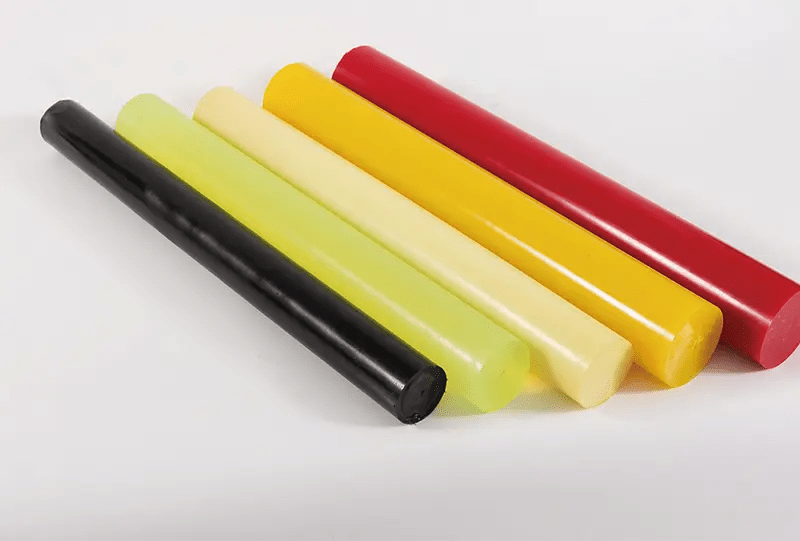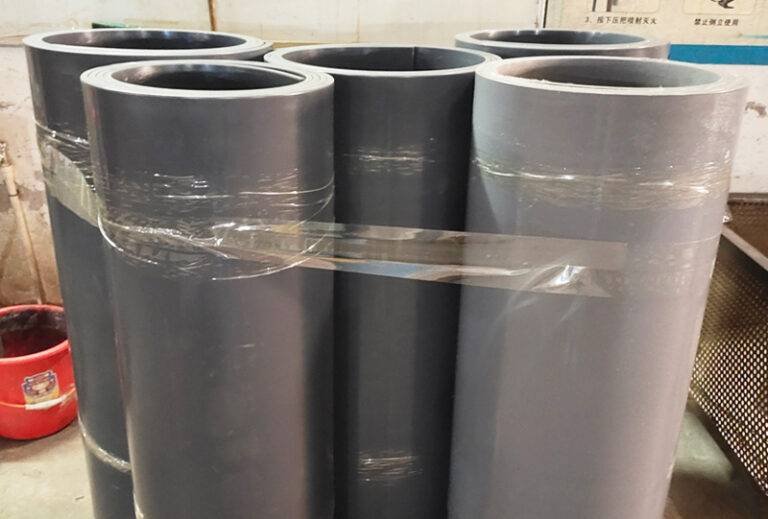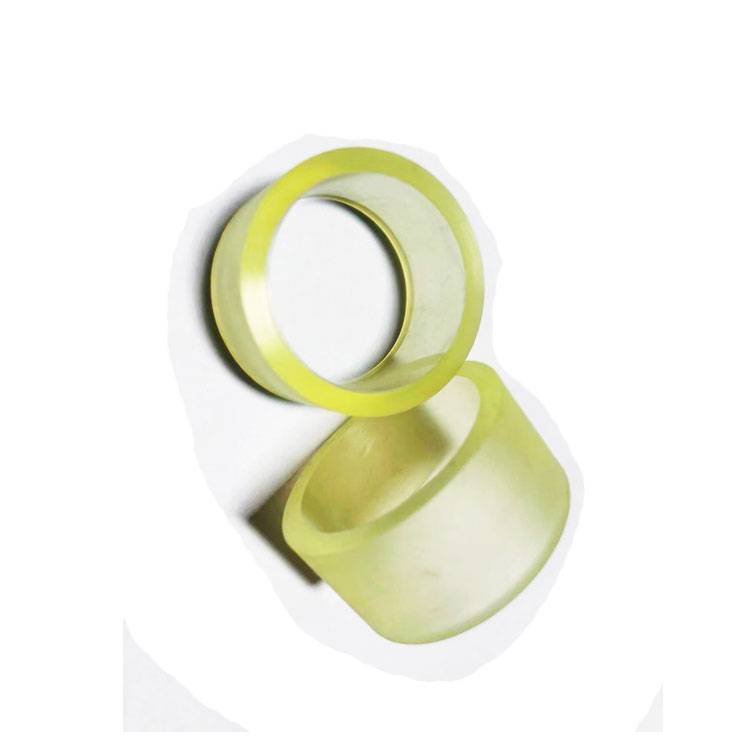Every business and project is unique, and in line with this, finding the optimal materials can also feel like something of a minefield. However, if you have been struggling to find the optimal engineering materials for your needs, considering the different options available could help – and PU rods (polyurethane) might be one such option to consider. Fortunately, as experts in the manufacturing field, we’ve outlined some key things you need to know about polyurethane rods as follows to help you find the right solutions.
What are PU Rods?
Polyurethane is undoubtedly one of the best options to consider in so far as choosing premium manufacturing materials. Indeed, as man-made polymers, these can actually be made from a wide array of starter materials, making it a practical option for many engineering applications. PU rods are specifically shaped into a long, often narrow tube; this helps give them a wide range of potential uses.

How Polyurethane Rods Can Be Used in Engineering and Manufacturing?
The exact application will depend on your brand and what you are looking for. Nevertheless, there’s some good news: polyurethane rods can be used in a huge variety of engineering and manufacturing applications. Thus, this is well worth keeping in mind if you have been struggling to find the opportune parts for your manufacturing needs.
In the engineering and manufacturing fields, polyurethane rods are primarily used as spacers, seals, and components. However, these are only a few of the ways these can be use.
Their ability to be shaped to a specific shape, shore hardness, and size ensures they are easy to apply in many cases, even for incredibly niche or specific parts. Furthermore, many other features of polyurethane rods also contribute to their value and efficacy as engineering and manufacturing components; these include:
-Durability: Engineering and manufacturing applications demand durable and reliable parts, and fortunately, polyurethane can fit this role perfectly. Typically lasting for many years, polyurethane rods are simultaneously strong and durable, even in heavy-duty situations.
-Elasticity: Despite being strong, polyurethane doesn’t compromise on elasticity, making it almost rubber-like in nature. This allows PU to be utilised in many of the same ways as rubber, hence serving a key role as internal components and the like.
-Shore hardness: Polyurethane rods are available in a wide range of different shore hardness ratings, allowing more flexibility in terms of hardness rating. In turn, this allows much more freedom when choosing the most appropriate hardness rating for your project.
-Machinability: Thanks to its excellent properties, polyurethane is highly machinable, making it easier to work with overall. In line with this, PU rods are often easy to make to your desired size, allowing brands to find the most appropriate parts accordingly.
-Resistance: Compared to some other materials, PU rods are exceptionally resistant to both chemicals and UV light exposure. As such, for parts that are prone to light or chemical exposure, polyurethane might be perfect.
These are just a few of the properties that help make polyurethane a popular material for manufacturing and the like.
Final Thoughts
If you have been looking to invest in PU rods, knowing about the different properties can potentially help. However, these may not be ideal in every scenario. Fortunately, our team here at Pengde can help if you need further support. So, why chance this; be sure to reach out to us at pengde2@pengde-pu.com if you need further advice or input. We’ll be here to help.


